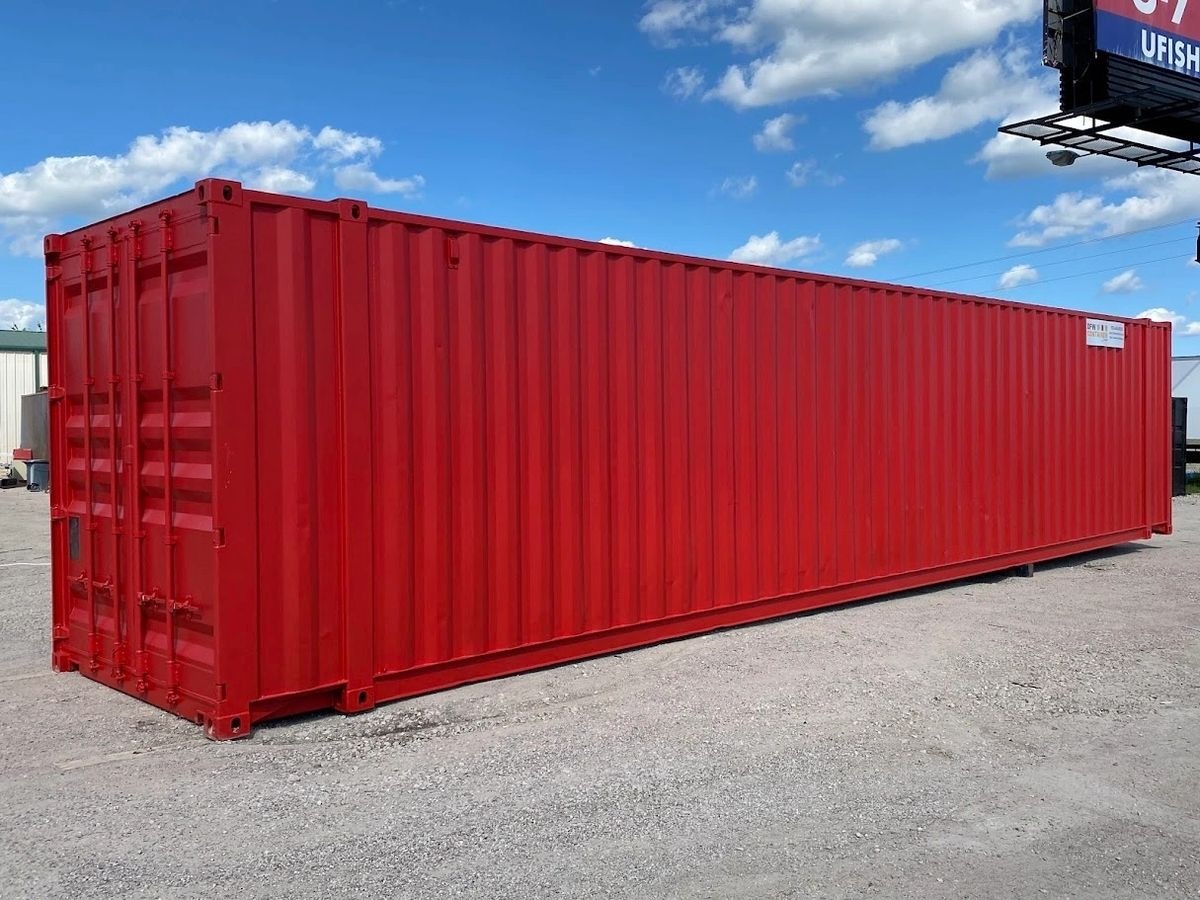15 Best Documentaries About Shipping Container Conversion

The Growing Trend of Shipping Container Conversion: An Innovative Approach to Sustainable Living
Shipping container conversion is gaining popularity as a creative and sustainable approach to developing homes, offices, and other structures. This technique not only repurposes old shipping containers but likewise promotes environmental sustainability by reducing waste. Shipping Container Business into what shipping container conversion requires, the benefits and difficulties associated with it, and its applications throughout numerous domains.
What is Shipping Container Conversion?
Shipping container conversion involves repurposing used shipping containers into practical living or working spaces. These robust steel structures, originally developed to transport products across oceans, have a high degree of structural integrity and can be easily modified to suit numerous uses.
Secret Features of Shipping Containers
| Feature | Description |
|---|---|
| Durability | Constructed from Corten steel, resistant to deterioration. |
| Portability | Easy to transport and transfer as needed. |
| Modular design | Containers can be stacked or set up in numerous setups. |
| Environment-friendly | Lowers waste by repurposing existing products. |
| Cost-effective | Lower construction expenses in contrast to standard building techniques. |
Advantages of Shipping Container Conversion
The benefits of transforming shipping containers into usable areas are large. Below are a few notable advantages:
- Sustainability: By repurposing containers, the ecological effect of construction is minimized, promoting sustainable living practices.
- Price: The cost of obtaining and modifying a shipping container is frequently much lower than standard building products and structures.
- Flexibility: Shipping containers can be changed into a variety of structures, consisting of homes, workplaces, coffee shops, workshops, and even pool.
- Speed of Construction: Utilizing pre-fabricated containers substantially minimizes the time and effort included in construction.
- Special Design Potential: The industrial visual of shipping containers permits for unique architectural designs that stick out from conventional structures.
Typical Applications of Shipping Container Conversion
| Application | Description |
|---|---|
| Residential homes | Little, environment-friendly homes ideal for minimalistic living. |
| Offices | Affordable work space solutions for startups. |
| Pop-up stores | Momentary retail solutions that can be transferred. |
| Cafés and restaurants | Distinct dining experiences in urban locations. |
| Emergency shelters | Quick, effective responses to housing crises or natural disasters. |
Obstacles in Shipping Container Conversion
Despite the various advantages, there are challenges related to shipping container conversions that require consideration:
- Insulation and Temperature Control: Steel containers can warm up quickly in hot climates and may require comprehensive insulation solutions.
- Local Regulations: Zoning laws and building regulations may restrict using shipping containers in particular locations or mandate particular building requirements.
- Structural Modifications: Cutting into containers for doors, windows, and ventilation can compromise their structural integrity if not done correctly.
- Health Risks: If not dealt with properly, containers may contain damaging residues from previous freights, needing comprehensive cleaning or sealing.
- Financing and Insurance: Securing funding for non-traditional builds can be difficult, and some insurance plan may not cover converted containers.
Tips for Successful Container Conversion
To successfully transform a shipping container, consider the following pointers:
- Research Local Regulations: Understand zoning laws, developing codes, and restrictions in your location.
- Choose the Right Container: Select a container in great condition, considering size, type, and previous usage (i.e., do pass by a container that has been used for harmful materials).
- Strategy Your Layout: Create in-depth floor plans to optimize space, especially because container interiors can be narrow.
- Insulate Properly: Invest in good insulation to preserve comfy indoor temperature levels. Alternatives consist of spray foam, rigid foam, or blanket insulation.
- Engage Professionals: Work with architects, engineers, and contractors experienced in container conversions to guarantee safety and structural integrity.
Often Asked Questions (FAQs)
- How much does it cost to convert a shipping container?The cost can differ commonly depending on the size, modifications required, and location, however a fundamental conversion can begin with around ₤ 10,000 to ₤ 20,000.
- Are shipping container homes safe?Yes, as long as appropriate security procedures are taken during the conversion procedure, including structural modifications and insulation.
- The length of time does it require to construct a container home?A shipping container home can usually be constructed in a few months, depending on the complexity of the design and regional allowing procedures.
- Can I fund a shipping container home?Financing choices may be restricted, however some loan providers offer loans specifically for alternative housing; it's advised to look around for the very best terms.
- What are the environmental advantages of container conversions?Repurposing containers diverts waste from garbage dumps, minimizes the need for new products, and can result in lower carbon footprints compared to conventional structure techniques.
Shipping container conversion presents an ingenious service to housing and space requirements while promoting sustainability. The distinct aesthetics, price, and flexibility of container structures attract an increasing variety of people and organizations. Regardless of its challenges, with mindful planning, research study, and neighborhood engagement, the conversion of shipping containers into practical spaces provides an intense course toward environmentally-friendly living and working environments. Whether it's a captivating tiny home or an office on the go, the possibilities are endless when it pertains to shipping container conversion.

